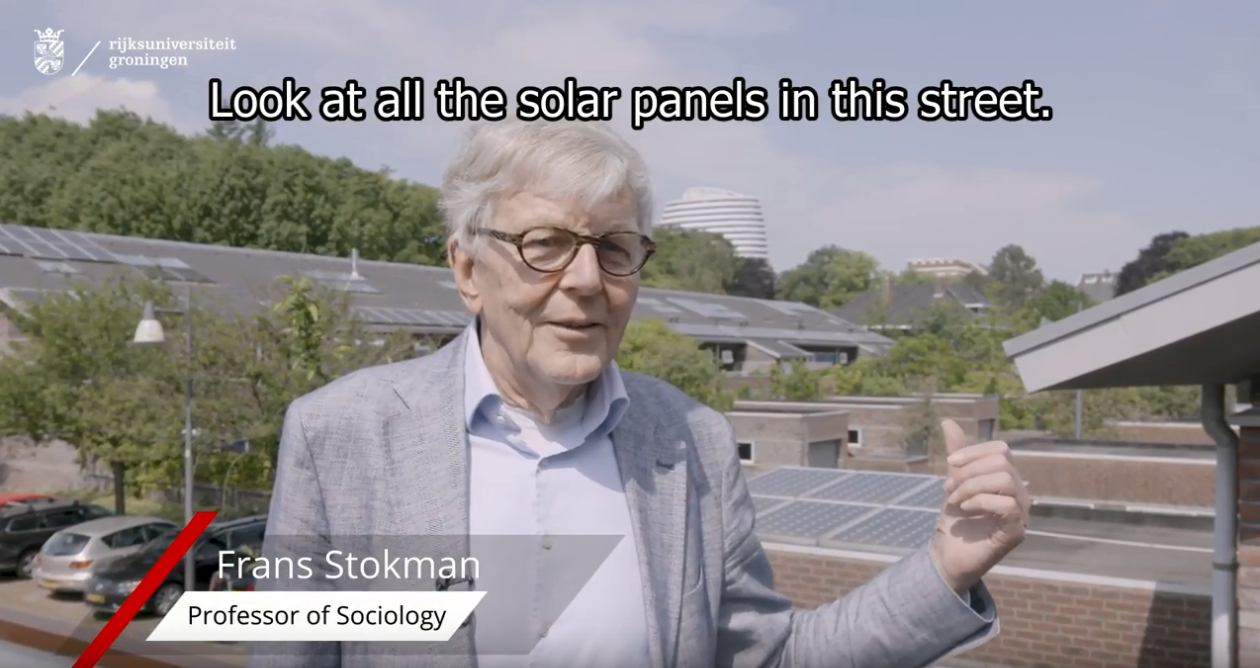July and August: Groningen

'From the Lauwers Sea to the Dollart,
From Drenthe to the Wadden Sea,
A wondrous land grows and flourishes
Around a wondrous city.'
Grönnens Laid, Geert Teis Pzn (1919)
Groningen: research on the city and region Get to know the wonderful city of Groningen, a historical city looking ahead to the future. Discover how the city and region are collaborating in all kinds of fields, such as nature, healthy living and sustainable developments.
Video's
The Groninger language

Martijn Wieling professor by special appointment of Low Saxon/Groningen Language and Culture
As an expert in quantitative linguistic variation, Wieling starts by investigating the similarities and differences between the language variants in Low Saxon, with a particular focus on the Groningen language area. Another important theme within Wieling’s research is the changes that take place in the use of local dialects and how they are disseminated as many of Wieling’s generation are not native speakers of the local dialect.
Read more
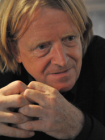
Goffe Jensma on the Grunneger language
Jensma is a Professor of Frisian Language and Culture, but also studies the Groningen language. As part of the Centre for Groningen Language, one of the projects in which both Goffe Jensma and Martijn Wieling are involved is the creation of ‘Woordwaark’, a language database of oral and written utterances in Gronings.
The Region
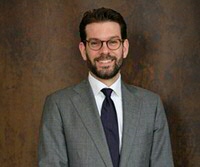
‘Sense of loss drives voting behaviour’
Van den Berg distinguishes between boom regions and shrinkage areas in the Netherlands, with the highly educated living in large metropolitan areas and the others living in the old city districts, in medium-sized municipalities and in rural areas. ‘We had always assumed that the regional differences would not be so big in the Netherlands. I have found that those differences were partly hidden due to our system of proportional representation, whereby representatives are not linked to certain regions. [...] Whenever there is too much inequality between groups and regions, this erodes the political and economic unity of a country over time.
Read more

Photo: Elmer Spaargaren
Wageningen and Groningen scientists research nature-inclusive agriculture in Northern Netherlands
The University of Groningen (UG) and Wageningen University & Research (WUR) have decided to work together more closely in the area of nature-inclusive and circular agriculture, and the rural development associated with this, in the Northern Netherlands. The Northern Netherlands has been identified as a region that contains inspirational testing grounds, which could give form and content to the agricultural transition, by putting new and existing knowledge into practice.
Read more
Groningen for internationals
New to Groningen? Watch our introductions videos or read student blogs online.
Cycling
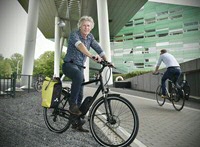
Full speed ahead towards a green university
Metaphorically speaking, quietly peddling and relying on support from a souped-up electric bike won’t get the sustainability job done. The motto is to keep pedalling hard. Dick Jager, program manager integrated sustainability, wants to work hard in the coming years on bringing more greenery to the city and to Zernike. ‘More trees, for example. Or another way of managing our grass and shrubs to see if we can bring back diversity in our flora and fauna.’
Read more

Tackling bicycle chaos through nudging
Because Groningen’s city centre is virtually car-free and there are so many students, you stumble – both literally and metaphorically – over the hordes of bikes that are parked or simply flung down. Koen Bandsma is researching how nudging can help to curb the problem.
Read more
Wadden sea

Temperate Wadden Sea helps bar-tailed godwit adapt to climate change in the Arctic
The amount of food in the Wadden Sea determines whether or not bar-tailed godwits will make it to their Siberian breeding grounds and back alive. In Nature Communications, Dr. Eldar Rakhimberdiev of the NIOZ Royal Dutch Institute for Sea Research and colleagues analyse the density of lugworms in the Wadden Sea in relation to the survival of godwits. “Due to the changing climate, these birds need to arrive in Siberia a bit earlier every year, in order to benefit from the shifting peak in insect abundance. Whether or not they are able to make this adjustment, is determined by the number of worms in our Wadden Sea”, Rakhimberdiev says.
Read more

Wadden Mosaic project starts underwater sampling
In February 2019, the Wadden Mosaic project started sampling the Wadden Sea soil below sea level. A total of 1,500 tiny ‘bites’ will be taken from the seabed. This the first time that the Wadden marine ecology is being mapped on this scale and so integrally. The sampling is part of a project initiated by nature preservation organization Natuurmonumenten, the NIOZ Royal Netherlands Institute for Sea Research and the University of Groningen (UG). In addition, the project will test ways to restore underwater life.
Read more
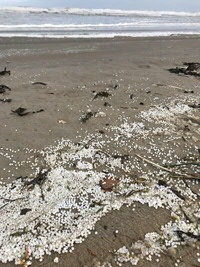
First Waddenplastic.nl research outcomes
Early January, researchers from the University of Groningen launched the Waddenplastic.nl web application, with which everyone can help to map the plastic granules that have washed ashore after the MSC Zoe lost around 345 containers on the North Sea. After more than two months, the results showed that the North Sea beach of Schiermonnikoog has the highest concentration of microplastics, followed by the Groningen Wadden coast and the beaches of the uninhabited islands of Rottumeroog and Rottumerplaat.
Read more

Small steps, big leaps – how marram grass builds dunes
The size and shape of dunes varies greatly around the world: in Europe they're tall and narrow, while in the US they're low and wide. A new study has found that this is partly because dunes are constructed by plants with different ‘movement strategies’ determining the shape of the dune. The study was carried out by ecologists from Radboud University, the Royal Netherlands Institute for Sea Research (NIOZ) and the University of Groningen. The findings could be useful for coastal landscape rehabilitation projects.
Read more
Maps of Groningen
The UG Geodienst has investigated street names in the city of Groningen. Some conclusions:
- 28.9 per cent of the Groningen streets is named after a person
- Most of these streets are named after people who were born in the nineteenth century
- One in ten streets named after someone is named in honour of a woman
Watch the interactieve viewer

The map magician
Mad about maps – that is how Leon van der Meulen describes himself. But then, who isn’t? While almost everyone enjoys looking at (old) maps, Van der Meulen is among the happy few that actually get to work with them. At the UG Geodienst, he and his colleagues create maps in support of research, based on open geographical sources.


